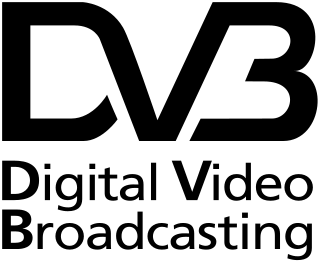| | |
| Type | Aktiebolag (private) |
|---|---|
| Industry | Media, Telecommunications |
| Founded | 1999 |
| Headquarters | Stockholm, Sweden Boxer TV-Access AB Dublin, Ireland Boxer DTT Limited Copenhagen, Denmark Boxer TV Danmark |
Key people | Per Norman – CEO of the Board of Boxer AB Crister Fritzson – President of the Board of Boxer AB |
| Products | Digital terrestrial television |
| Owner | Tele2 AB (100%) |
Number of employees | 60 (Sweden), 50 (Denmark), 2 (Ireland) |
| Website | www |
Boxer TV Access is a Swedish brand owned by Tele2 AB providing pay television channels on the digital terrestrial television network in Sweden. Modeled on the British ITV Digital, it was founded in October 1999. Some channels on the Swedish DTT are free-to-air, but most of the channels require subscription from Boxer. Boxer has claimed to have around 500,000 subscribers by June 2016 when it was acquired by ComHem. [1]
Contents
Boxer offers dozens of channels, with the number of channels varying depending on location and how one wants to count. As of early 2008, channels from Boxer broadcast on four national transmitter networks, of which three (MUX2, MUX3 and MUX4) can be received by 98 percent of the population using a regular antenna. The fourth network, named MUX5, has lower coverage. Another transmitter network (MUX1) has higher coverage but it doesn't contain any Boxer channels.
The majority shareholder was held in Boxer TV Access by Teracom which is owned by the Swedish state. The British venture capital firm 3i held a 30 percent stake. [2] Teracom acquired this 30% stake from 3i in November 2008. [3] Teracom sees this 100% stake as a logical next step. 3I had held the 30% having acquired the shares from Skandia Media Invest in 2005. With its 100% stake, Teracom moves from majority to sole shareholder in Boxer. [4]
"Teracom has always been the main shareholder in Boxer and acquiring all the shares is a logical continuation of that ownership. Boxer will continue its successful business in the same manner as before, that is being a pay-TV operator dedicated to terrestrial platforms and working independently of any individual broadcaster", says Crister Fritzson, CEO of Teracom.
In March 2008, Boxer TV A/S, a subsidiary of Boxer TV Access, won the franchise to build and operate the terrestrial pay television platform in Denmark. In February 2009 it launched this service in Jutland covering West Denmark. This service will extend during 2009 to most of Denmark. [5] [6]
In 2008, Boxer announced that it had put in a bid to operate three of the four multiplexes of the DTT service for Ireland, in conjunction with Irish company Communicorp. On 21 July 2008 Boxer DTT Ireland were awarded the Irish franchise Boxer TV Ireland subject to contract. [7] [8] However, on 20 April 2009 the Broadcasting Commission of Ireland announced that contract negotiations had ended and Boxer DTT Ireland had withdrawn its application to operate the multiplexes. [9]
In 2016, Sweden's operator Com Hem announced it had acquired Boxer TV-Access AB for an enterprise value of SEK 1,330m. [10]
